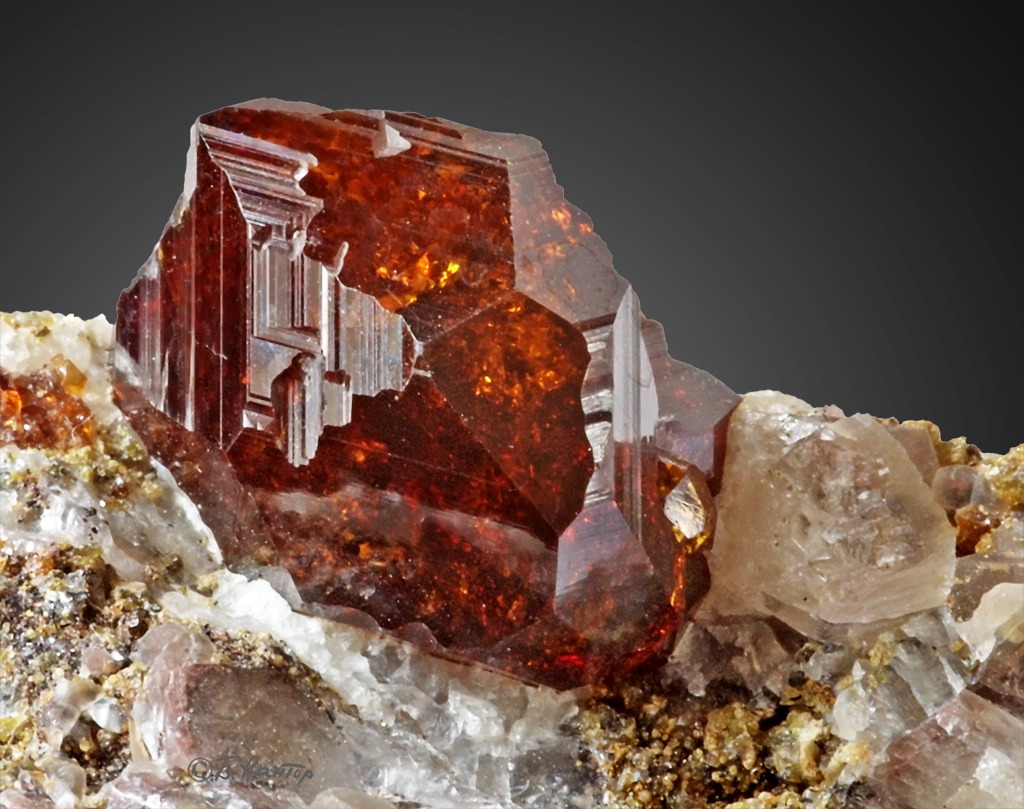ISLAMABAD: Pakistan is rich in both quantity and quality of a vast variety of garnets – a group of semi-precious minerals known for their inertness, hardness, and resistance to deterioration. However, lack of government attention towards its mechanized extraction is depriving the country of a fortune that can handsomely contribute towards shoring up its coffers, reports WealthPK.
Garnets’ inertness, hardness, and resistance to deterioration make them a highly demanding industrial product. Only a small percentage of garnets are considered perfect to be fashioned as gemstones, while the bulk of them is used for industrial purposes, such as polishing, filtration, water jet cutting, industrial blast cleaning, aircraft and motor vehicle manufacturing, ceramics and glass production, abrasive girts and powders, electronic components manufacturing, wood furniture finishing, textile stone-washing, shipbuilding, filtration plants, and abrasive blasting granules.
It is also a good alternative to hazardous minerals silica. That’s why its industrial value size is expanding. The international industrial market is expected to grow worth US$480.6 million at the Compound Annual Growth rate (CAGR) of 7.2% by the year 2027. Garnet values are worth US$500 to US$7000 per carat.
In a discussion with WealthPK, Principal Geologist at the Global Mining Company, Islamabad and former GM geology at the Pakistan Mineral Development Corporation (PMDC) Muhammad Yaqoob Shah said, “Garnet is a silicate mineral with several species. Garnet occurs in metamorphic and igneous or sedimentary rocks with high aluminum content. Rather than any other gemstone, a garnet is more magnetic due to a higher concentration of paramagnetic iron.”
According to Yaqoob, green garnet of gem quality has been reported from Balochistan, while the red variety of gem grade occurs in the Shigar valley of the Baltistan subdivision of Gilgit-Baltistan province. Industrial grade garnet for utilization as raw material in the manufacture of abrasive material is found in the Swat and Kohistan districts of KP.
Former chairman of All Pakistan Commercial Exporters Association (APCEA) of rough and unpolished precious and semi-precious stones, gemmologist and miner Zakir Ullah alias Jhulay Lal said Pakistan was full of superb quality garnets which were high in demand. Wherever the stone is mined, garnet is found there, he added.
He said Pakistan was rich in quantity and variety of garnets, i.e., spessartine, rhodolite, almandine, andradite, grossular, tsavorite, hessonite or Fanta garnet, leuco (colourless garnet), uvarovite, pyrope, topazolite, rhodolite/rose stone or raspberry garnet, etc.
“The areas rich in garnet are Zagi mountain, Batta Kundi, Battagram, Gilgit-Baltistan, Quetta, Chilas, Bajaur, Mana, Barang, etc. I myself mined it in Buner and also found rutile with it. Garnets are also found in Chilas combined with hematite and in the mines of topaz tourmaline, etc. China and Thailand are comparatively good markets for this product. There is no scarcity of garnets in Pakistan but lack of government focus on its mining is too disappointing. Lack of mechanized mining, tools, and facilities is depriving the country of quality mining and economic benefits,” Zakir said.
In a discussion with WealthPK about the mining and marketing of garnets in Pakistan, geologist and miner Imran Babar said, “Pakistani garnet is high in demand in the international market. A good infrastructure, mechanized mining, and tactful marketing are very important to get proper economic benefits from this semi-precious gem.”
Imran said 70% of every precious/semi-precious gemstone was used in the industry, while 30% was used to craft jewelry or to make artifacts.
“It is mostly sold in raw form. That’s why Pakistan is not getting the true economic benefits from it. However, if it is sold or exported after processing for industrial or any other use, the country can get a good profit outcrop.”
Processing garnet or any other gemstone does not require a highly expensive unit. If people, especially those living in the mining vicinities are properly trained in gem stone processing, it can become an additional handsome source of income for them, especially during the snowfall season when agricultural activities almost cease.






